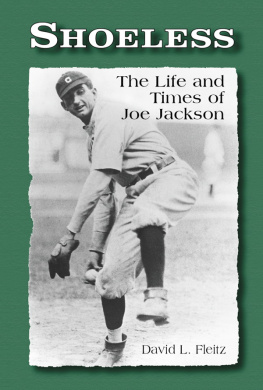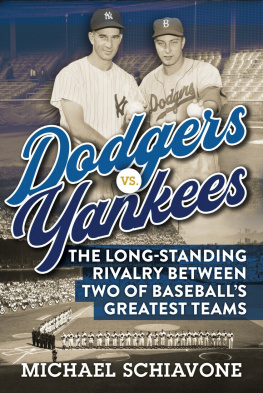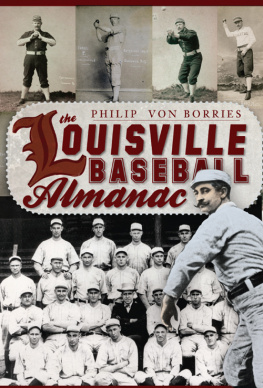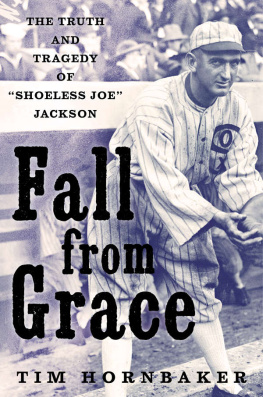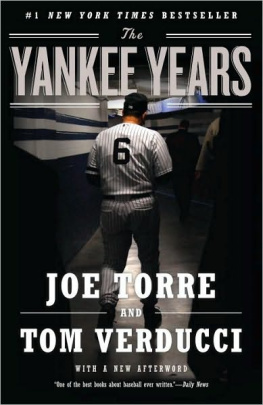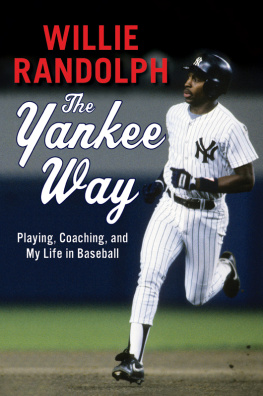Many invisible hands helped shape this book, beginning with the 1977 Yankees beat writers. Moss Klein, Henry Hecht, Steve Jacobson, Maury Allen, and Phil Pepe were especially helpful. In addition, Bill Francis of the National Baseball Hall of Fame indulged countless research requests.
Peter Occhiogrosso, Ben Looker, and Joe Levy and John Leland helped guide me through New Yorks 1970s music scene. Tim Lawrence graciously shared with me his thick rolodex of DJs and discos devotees. Bill Dobbs steered me to numerous sources on the citys gay life in the seventies.
Robert Curvin and Bruce Porter trusted me with their copies of the special reports that each of New Yorks precincts was required to file after the blackout. I am deeply indebted to all of the officers of Bushwicks Eighty-third PrecinctWilliam Sekzer in particularwho shared their memories of the blackout and tolerated endless phone calls as I tried to piece together my narrative of that chaotic night. Thanks to all the Bushwick residents who spoke with me about the neighborhood; and a special thanks to Dr. Carl St. Martin for taking me on my first tour of Bushwick. Martin Gottliebs and Jim Sleepers heartfelt portraits of the neighborhoodGottliebs in the Daily News; Sleepers in two North Brooklyn community newspapers and in his incisive book, The Closest of Strangers gave me something to which to aspire. Mario Cuomo and Ed Koch both generously granted me several interviews, and Mayor Koch allowed me access to an unpublished and unvarnished oral history at Columbia University.
James Hamilton and Janie Eisenberg, two of New Yorks finest photographers during this era, unearthed wonderful images for me. Judith Phillips and Erica Toth did valuable research.
I was lucky enough to be able to publish several articles drawnfrom the book-in-progress and would like to thank a handful of editors who were not afraid of a little history. Connie Rosenblum of the New York Times City section invited me to recall the summer of 77 on its twenty-fifth anniversary; David Shipley of the Times s op-ed page asked me to consider the differences between the 1977 and 2003 blackouts. Saving the best for last, the New York Times Magazine published a lengthy excerpt from my account of Bushwicks long night of looting. It was deftly edited by Ilena Silverman and Gerry Marzorati, and fact-checked with inspired vigilance by Sarah Smith.
Doug Century, Blake Eskin, William Brangham, Lyn Mattoon, Tom Watson, Sam Sifton, Liz Garbus, Tina Brown, Will Dana, Michael Megalli, Seth Lipsky, and Susan Mahler provided critical support during this books long gestation. Jack Newfield, who passed away before I could thank him in person, was an extraordinarily generous source. Roger Burlingame graciously slogged through a sprawling early draft and helped me find my story therein. Jonathan Rosen and Mike Sokolove offered keen insights into later drafts.
I am incredibly fortunate to have Sarah Chalfant of the Wylie Agency in my corner. Not only did she help shape the proposal and see to it that this book found the perfect home, but Sarah also took every one of my neurotic phone calls along the way and expressed more confidence in me than I had any right to expect.
My editor, Josh Kendall, and his boss, Frances Coady, were vocal champions of the book from the get-go, when they had every reason to be wary. In the four years since then, Josh has been a constant source of encouragement and wisdom. His perceptive comments have improved the book immeasurably. Copy editors Kevin Doughten and Pearl Hanig helped smooth out numerous rough edges. I am especially grateful to FSGs publisher, Jonathan Galassi, both for his enthusiasm and for coming up with the books title.
My greatest debt of all is to my wife, Danielle Mattoon, without whom my lifenever mind this bookwould remain incomplete.
PART ONE
.
My portrait of New Yorks bicentennial celebrations is drawn primarily from reports in the dailies New York Times, Daily News, and New York Post as well as a July 8, 1976, SoHo Weekly News story on Operation Sail (Op Sail as a Performance Piece).
For my portrait of the 1976 Democratic National Convention, I relied on coverage in the New York dailies, in addition to a July 19, 1976, Village Voice piece (City Welcomes Delegates to Potemkin Village) detailing New Yorks massive cleanup effort in advance of the convention.
Historian Douglas Brinkley, who worked with Hunter S. Thompson in compiling his letters for publication, characterized Thompsons view of Jimmy Carter for me.
Rolling Stones editor Jann Wenner and former publisher Joe Armstrong recalled for me the details of the magazines 1976 Democratic National Convention party. Other useful sources on this subject include Rolling Stone Magazine: The Uncensored History (Robert Draper, Doubleday, 1990), and Rolling Stones Bash (Sally Quinn, Washington Post, July 14, 1976).
In addition to New Yorks three dailies and several boxes of relevant papers that the Museum of New York History compiled for a 2000 exhibit, I relied on a number of books that deal with the 1975 fiscal crisis, including Working-Class New York: Life and Labor Since World War II (Joshua B. Freeman, New Press, 2000); The Streets Were Paved with Gold: The Decline of New York, an American Tragedy (Ken Auletta, Random House, 1975); Political Crisis/Fiscal Crisis: The Collapse and Revival of New York City (Martin Shefter, Basic Books, 1985); Secrets of the Tax Revolt (James Ring Adams, Harcourt Brace Jovanovich, 1984); and The Abuse of Power: The Permanent Government and the Fall of New York (Jack Newfield and Paul Du Brul, Viking Press, 1977). In July 1985, The New York Times ran a five-part series on the fiscal crisis, Back from the Brink: The Enduring Legacy of New Yorks Fiscal Crisis, which is indispensable to anyone who wants to understand the lasting effects of New Yorks financial meltdown.
My portrait of Abe Beame was informed by a 1979 interview on file at Columbia Universitys Oral History Archive, as well as dozens of newspaper stories written over the course of his life. Two lengthy profiles in particular stand out: The Realism of Abe Beame (Robert Daley, New York Times Magazine , November 18, 1973) and Beames Scenario: How to Beat Bella (Maurice Carroll, New York Times Magazine, June 26, 1977). Beame also appears in several aforementioned books, most notably The Abuse of Power and The Streets Were Paved with Gold.
John Lindsay died shortly after I embarked on the research for this book, and Ihad the opportunity to attend his memorial service at St. John the Divine in late January 2001. Having read so many indictments of Lindsays mayoralty, it was refreshing to hear the various eulogiesfrom Mayor Rudolph Giulianis to Representative Charles Rangelsall of which evoked a man who, for all his failings, had clung nobly to a hopeful, if increasingly outdated, vision of the city. Another valuable source on Lindsay is Vincent Cannatos The Ungovernable City : John Lindsay and the Struggle to Save New York (Basic Books, 2002).
Warner LeRoy was the subject of a number of obituaries upon his death in 2001, the most memorable of which was Frank DiGiacomosGood Night, Sweet Restaurateurin the March 5, 2001, issue of the New York Observer.


